Volvo Penta is taking danger out of docking. Their Assisted Docking technology is now available for DPI-Powered Boats. I tested Assisted Docking on a DPI-driven MJM 43 cabin cruiser at the unveiling of this technology at Fort Lauderdale’s 2024 boat show.
This experience provided a firsthand look at how this system will improve the way many boat owners maneuver in tight spaces. The technology uses the boat’s existing controls, allowing for precise and controlled maneuvering using a joystick at the helm station.
From Innovation to Re-Invention
Volvo Penta’s Assisted Docking system was initially launched for Inboard Performance System (IPS) boats in 2021. It has been a godsend for boaters wanting to take the stress out of docking and marina maneuvers with a lot of boat traffic.
With Volvo Penta expanding this helpful technology to Dual Prop (DPI) sterndrive systems, it’s suddenly more accessible to a wider range of boat owners.
The Volvo Penta DPI advanced drive package is a substantial overhaul of the sterndrive system. It adds a hydraulic clutch and gearing technology, similar to Volvo Penta’s IPS 10 pods, while incorporating dynamic systems, sensors, and corrosion-resistant materials.
In the market battle between inboard propulsion systems vs. outboard engines this is a boon for boaters who prefer a clean transom.
An example of a DPI system with a "clean" transom for more space.
How Assisted Docking Works
There are very many proprietary technologies under the Volvo Penta name that are leveraged to make Assisted Docking work as well as it does. Dynamic Positioning System (DPS) is critical to this. It’s an essentially very advanced GPS component integrated into the computerized system for hyper accurate calculations of movement.
DPS informs the boat precisely where it is and algorithms will ensure it remains or goes where the driver wants it to, wind and waves be damned.
By simply moving the joystick in the desired direction, the boat responds with remarkable accuracy and smoothness.

When the Assisted Docking mode is active, releasing the joystick will maintain a fixed position, as demonstrated in the video. This is ideal when waiting for a slip to open up or holding the boat steady while boarding.
The biggest advantage of using this system is that it slows everything down and will minimize the need for adjustments and the scope for error when combatting currents and wind or even wake.
It remains active with a 6-knot speed ceiling, the max allowed in most harbours and narrow channels.
The system utilizes advanced sensors to process the boat’s location and how best to move it where the driver wants to go. It compensates for wind, current, and other external factors. Some might call it the computerization of a system that includes everything from helm to propeller.
The Significance of DPI Integration
The expansion of Assisted Docking to DPI systems is a significant development for several reasons:
- Wider Accessibility: DPI systems are popular among a broader range of boaters, including those with smaller or more traditional-style boats. By making Assisted Docking available to DPI-powered vessels, Volvo Penta is opening up this technology to a larger market.
- Enhanced Maneuverability: DPI systems already offer great maneuverability. Being able to control even a single engine independently, along with thrusters has improved the experience in tight spaces. Assisted Docking takes it to the next level by. The system’s ability to control even two throttles and the thruster from a single joystick makes docking in challenging conditions much easier and less stressful.
Increased Confidence: Assisted Docking helps by slowing everything down and giving novice boaters a more simplified control of advanced navigation systems. The video game-like controls and easy adjustments can help build confidence to make docking an actually enjoyable experience.
Retrofitting Older Boats
For boat owners with older DPI-powered boats, there is good news. Volvo Penta has retrofit kits for the integration of Assisted Docking into existing systems.
The cost of retrofitting will vary depending on the specific boat and system configuration, but the improvement to helm controls will increase the value of the boat as well as the value of the boating experience. Expect it to be in the range of several thousand dollars in any event.
Conclusion
Volvo Penta’s Assisted Docking system is a significant advancement in boating technology. It has been lauded and loved since its rollout in 2021. By expanding its availability to DPI-powered boats, Volvo Penta has provided something for more boaters to enjoy the benefits of precise, effortless maneuvering.
In short, they’ve taken danger out of docking. We see it as something that will result in fewer incidents and a generally safer boating culture.
For both seasoned captains and those new to boating, Assisted Docking makes the boating experience better for everyone in the boat and beyond.

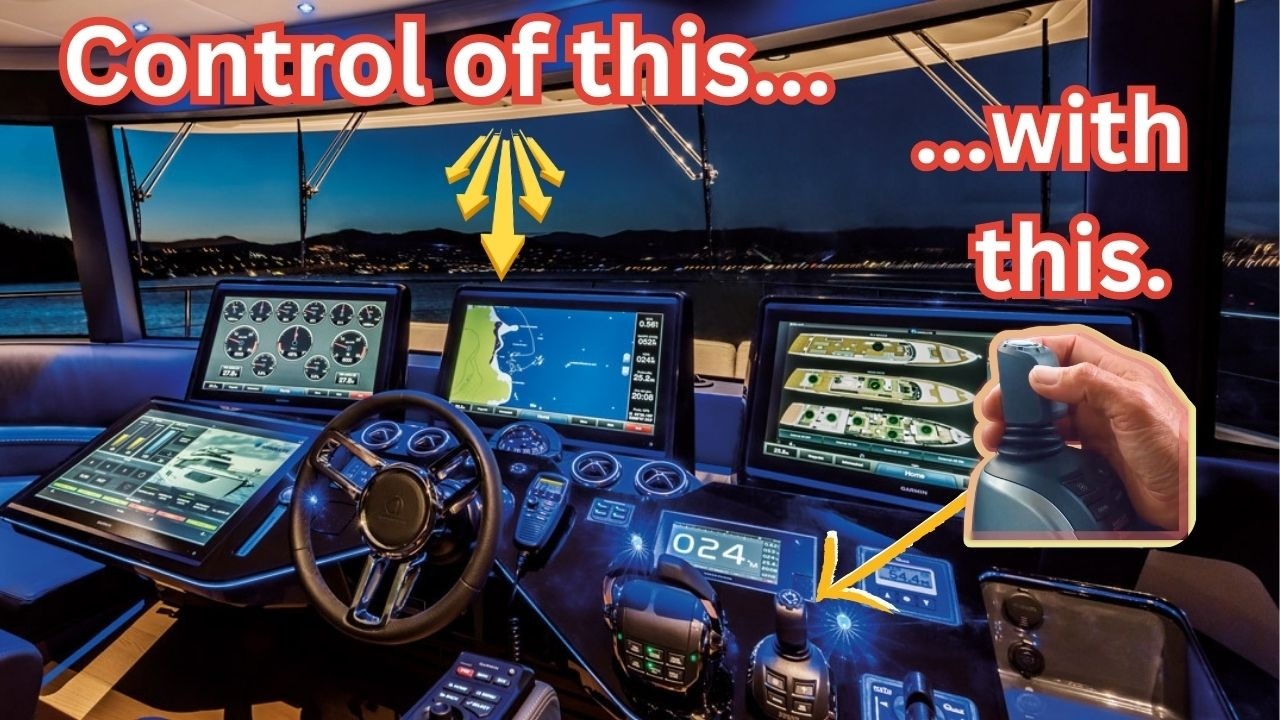
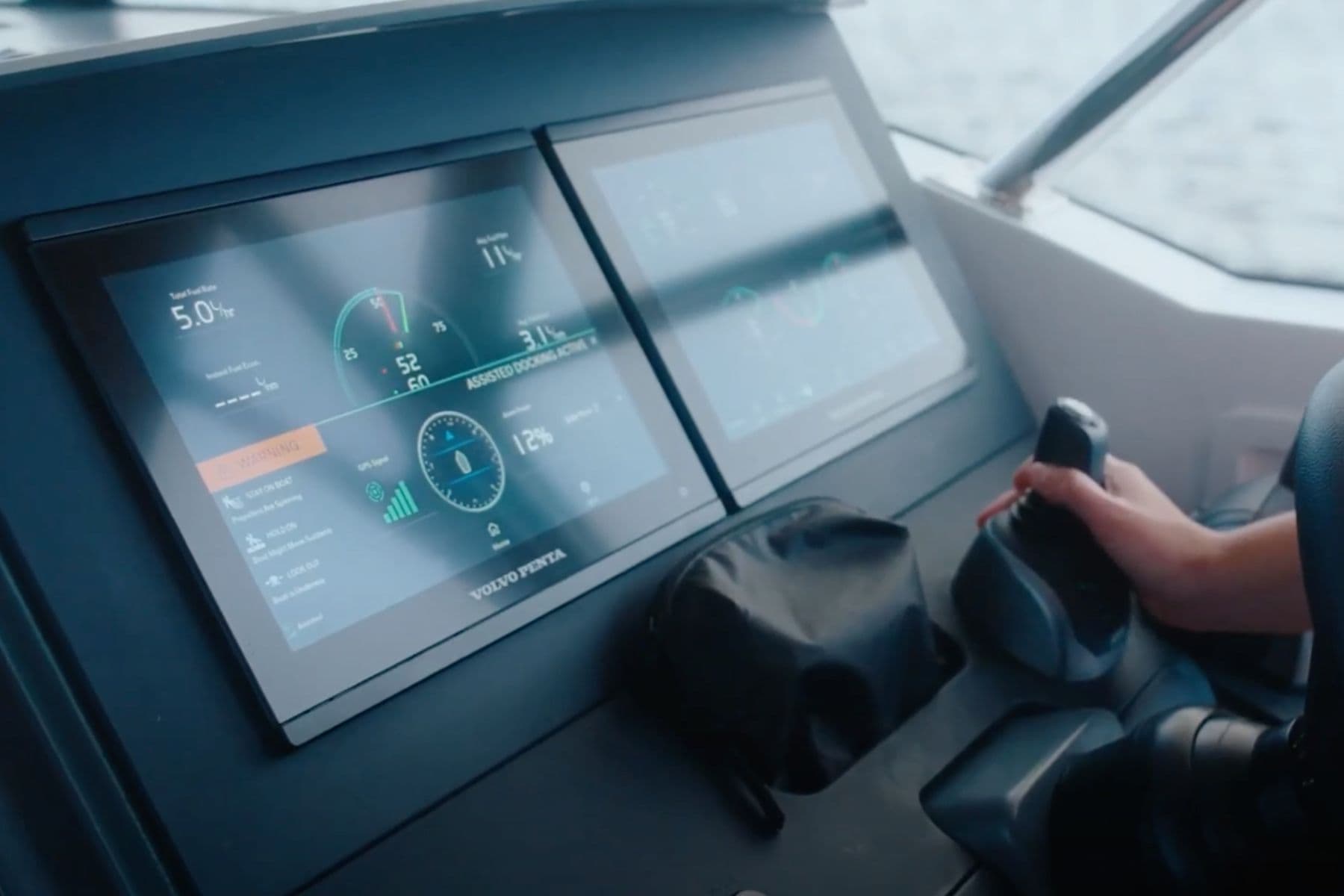


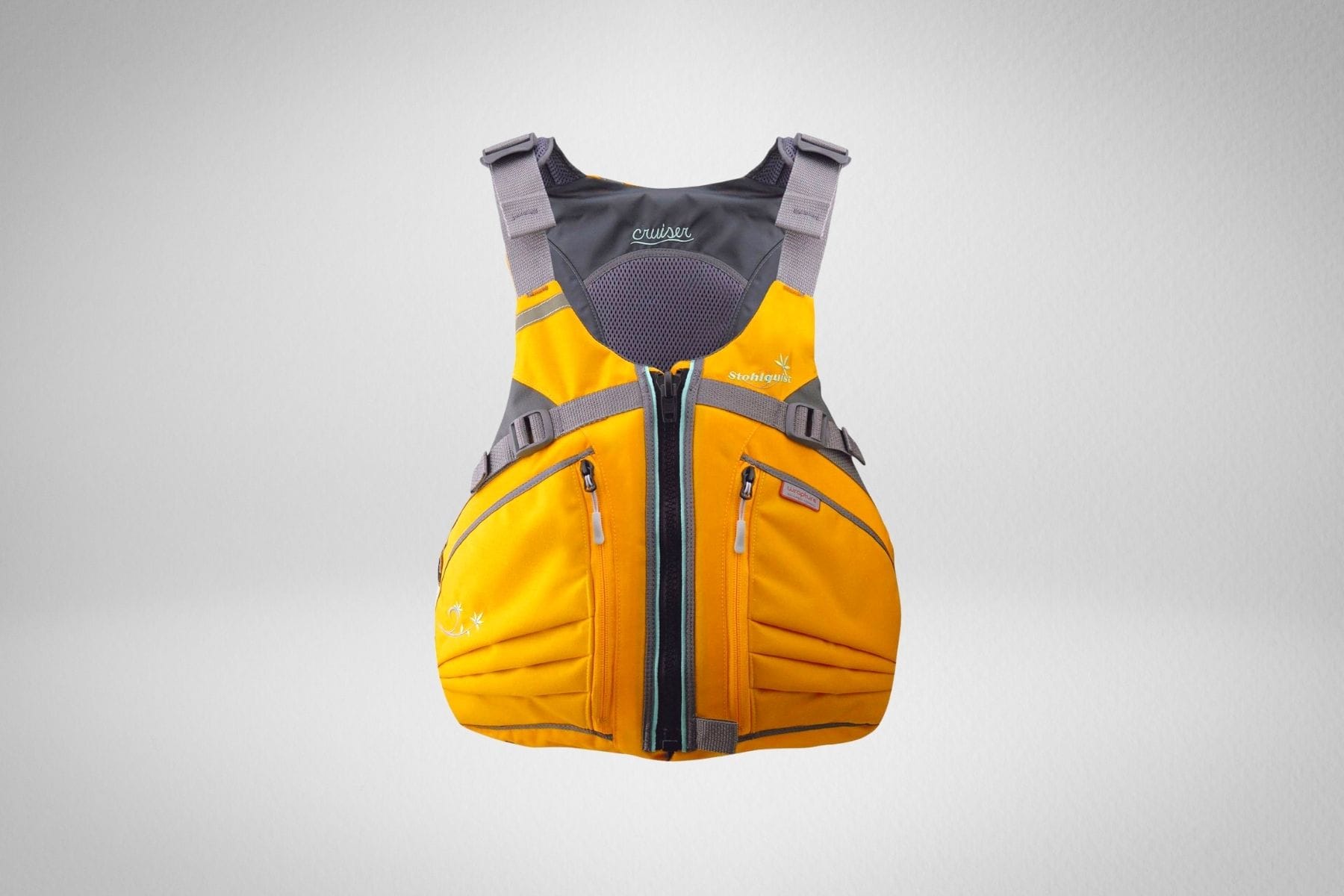
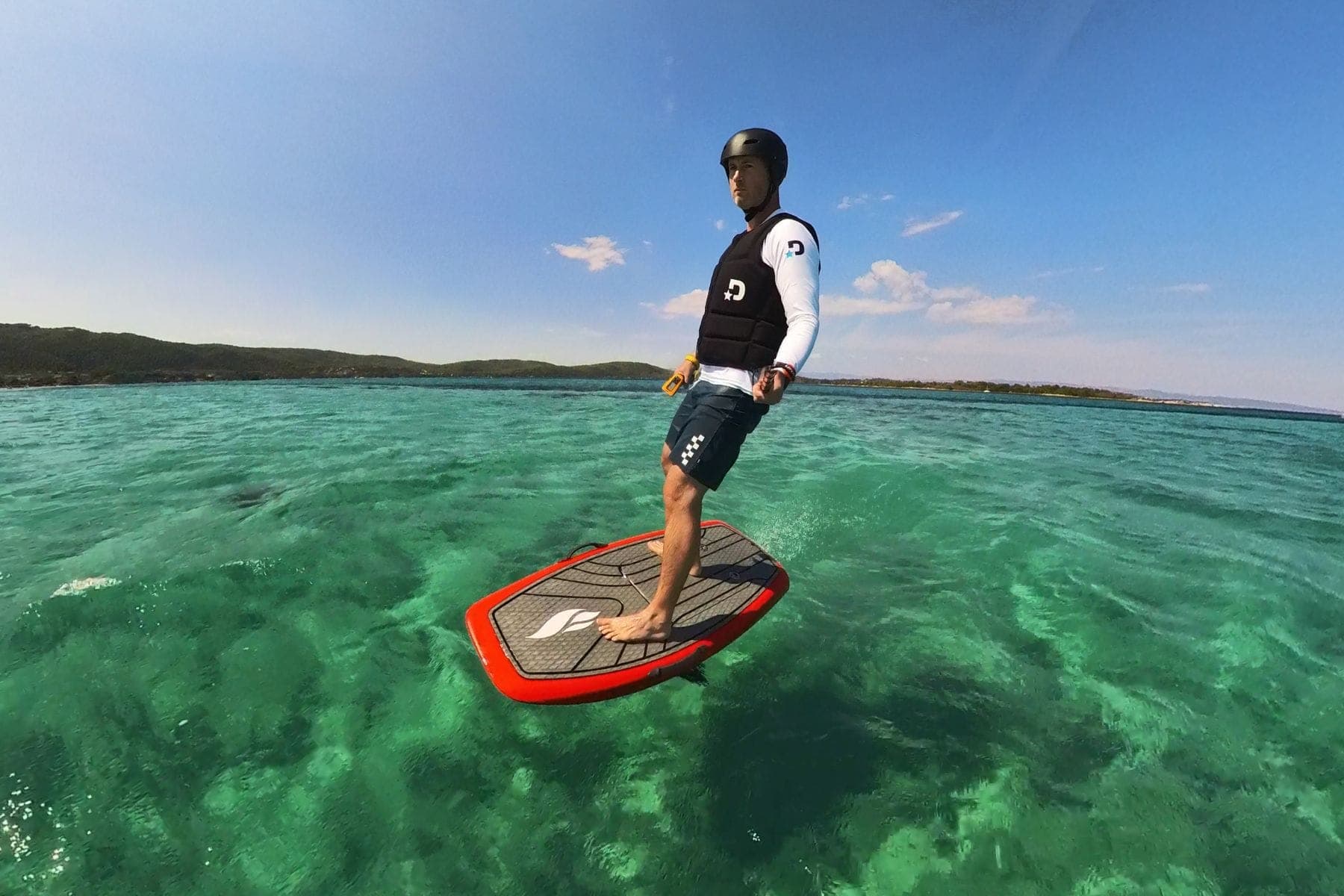
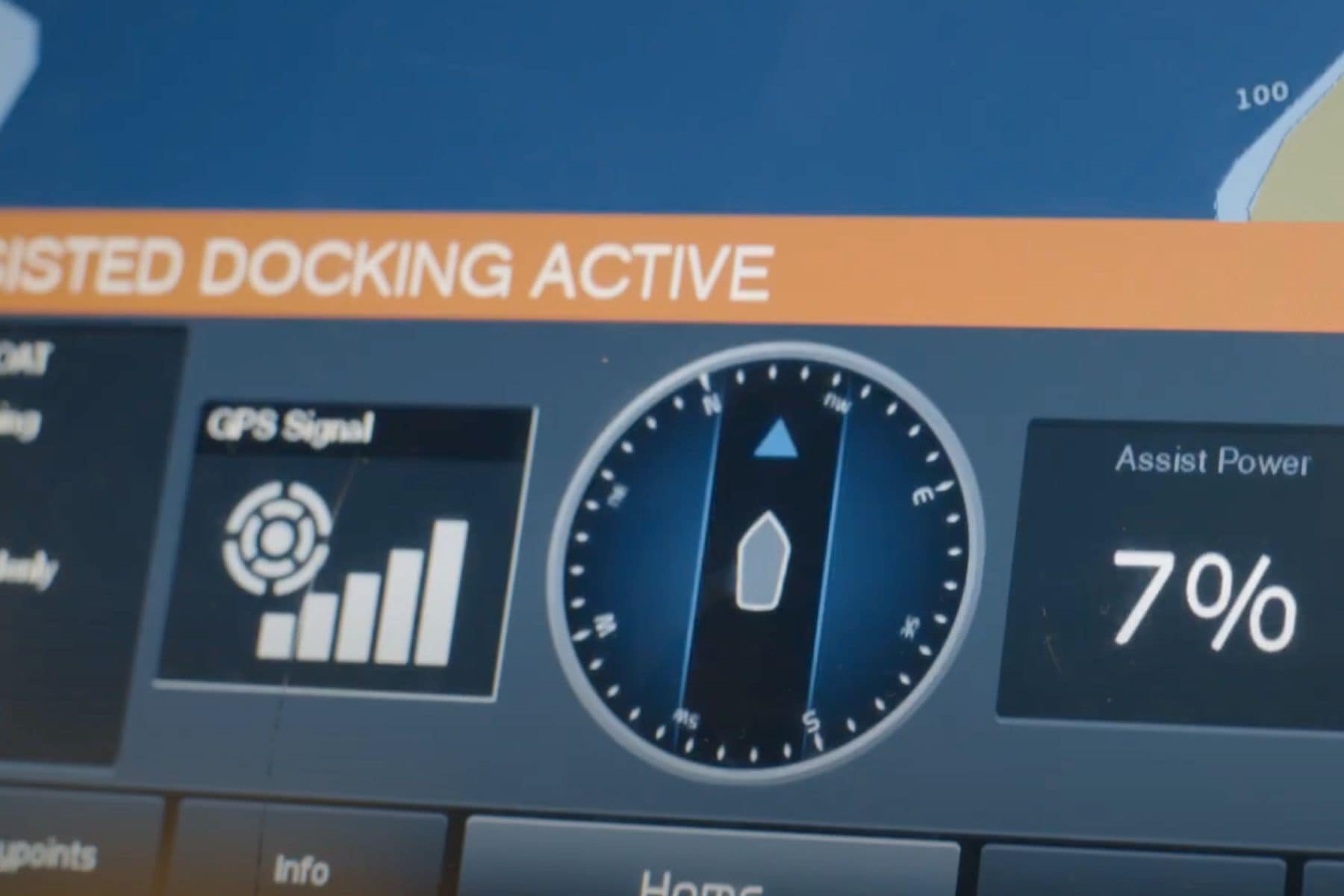
 Back
Back

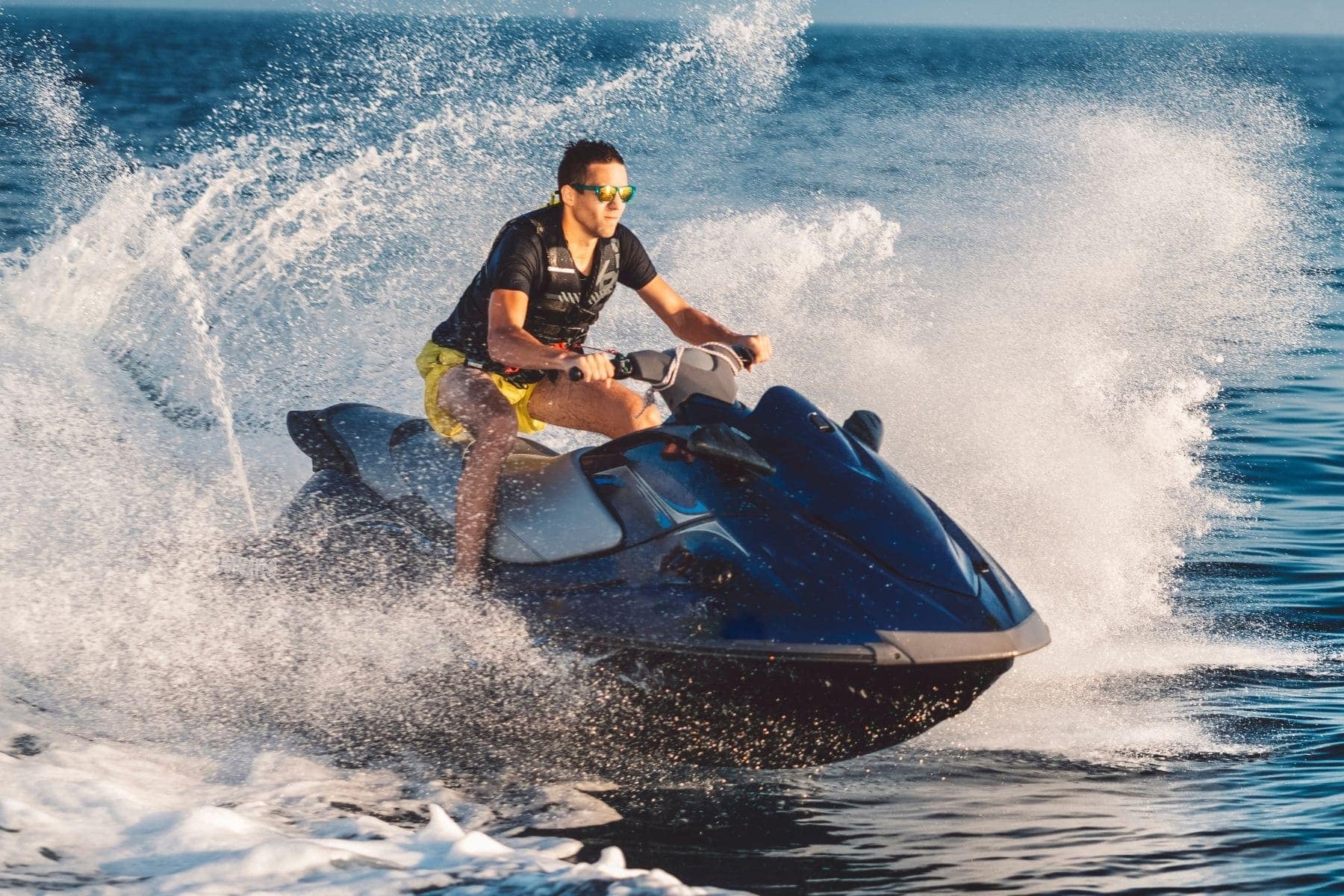

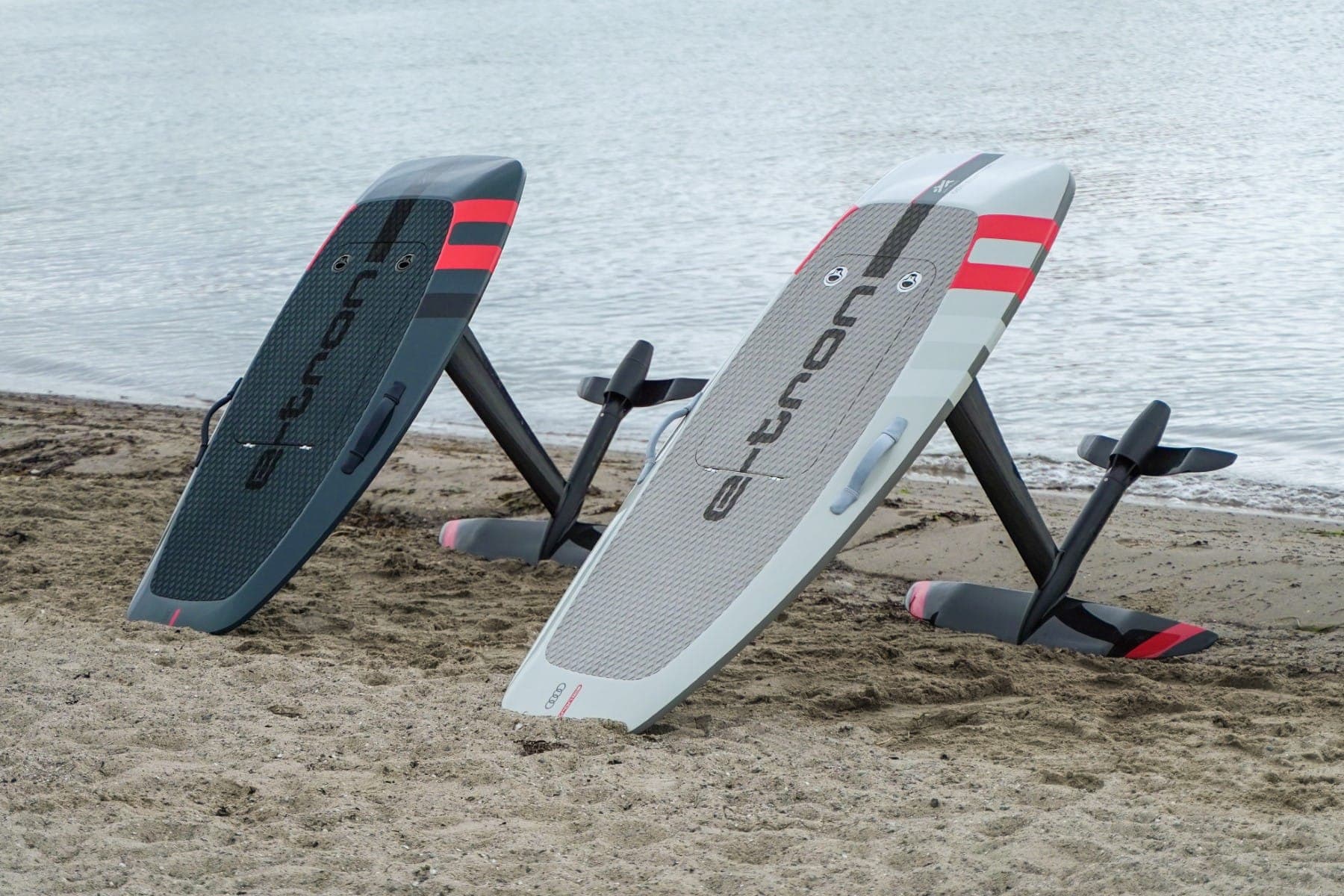
Comments